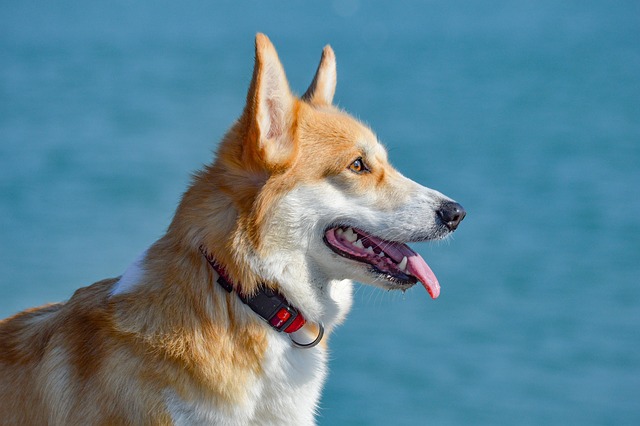
Do dogs need to start training from a young age
When we bring a cute little puppy home and look at its innocent eyes and its clumsy exploration of the world, our hearts are filled with tenderness and anticipation.
During the days spent with our dogs, training them to develop good toileting habits and use a pet-specific bathroom is a compulsory course for every pet owner. This not only creates a healthy living environment for the dog but also greatly improves our quality of life, avoiding unpleasant odors in the house caused by the dog's random defecation and urination or the soiling of furniture.
For dogs, a fixed place for excretion can make their lives more orderly and reduce the anxiety caused by uncertainty. Every time they successfully excrete in the right place and receive praise and rewards from their owners, it can enhance their self-confidence and sense of security. For the owner, a dog's ability to use the pet bathroom consciously means that there is no need to clean up the excrement in the house frequently, avoiding the trouble of unpleasant odors and keeping the home clean and comfortable at all times. More importantly, this training process is an opportunity for emotional communication between the owner and the dog, which can make their relationship closer.
The preparatory work before training is like the foundation of building a house. Whether it is solid or not directly affects the success or failure of the training. When choosing a pet bathroom, the dog's size should be fully considered. Small dogs are suitable for smaller-sized and cute-looking bathrooms, while large dogs need spacious and sturdy ones to ensure that they can move freely when using it. In terms of materials, give priority to non-toxic and easy-to-clean materials, which are convenient for daily maintenance. At the same time, select an ideal location for the pet bathroom. This location should be relatively quiet, well-ventilated, and away from the areas where the dog eats and rests. Because dogs have a strong sense of territory, they instinctively will not excrete in their own "territory". Places like the corner of the balcony at home or the idle area in the bathroom are all good choices. In addition, preparing some small snacks that the dog likes as rewards can greatly stimulate the dog's enthusiasm to participate in the training.
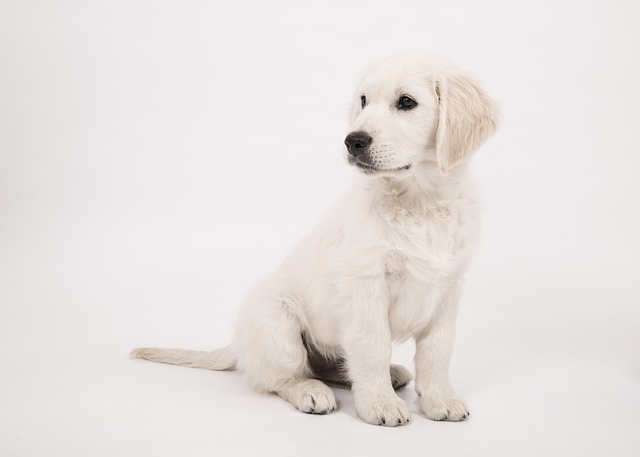 Mastering the dog's excretion pattern is the key to the success of training. Dogs usually have the need to excrete 15 - 30 minutes after eating or drinking, after waking up, and after finishing playing. During these time periods, the owner should pay special attention to the dog's behavior. When it is found that the dog starts to sniff around with its head down, keeps turning in circles on the spot, or makes a squatting movement, these are all signals that it is about to excrete. At this time, the owner should quickly and gently carry the dog onto the pet bathroom and say to the dog in a gentle and friendly tone, "Go to the bathroom here." At first, the dog may not understand the owner's intention, look around on the bathroom, or even try to leave. At this time, the owner should be patient and stay quietly by the side, not disturbing the dog casually. When the dog successfully excretes on the pet bathroom, the owner should immediately give the dog a small snack as a reward, and at the same time, praise it in an excited tone, such as "Baby, you did a great job", and gently stroke its head and back, so that the dog can associate excreting in the pet bathroom with receiving rewards and praise.
Mastering the dog's excretion pattern is the key to the success of training. Dogs usually have the need to excrete 15 - 30 minutes after eating or drinking, after waking up, and after finishing playing. During these time periods, the owner should pay special attention to the dog's behavior. When it is found that the dog starts to sniff around with its head down, keeps turning in circles on the spot, or makes a squatting movement, these are all signals that it is about to excrete. At this time, the owner should quickly and gently carry the dog onto the pet bathroom and say to the dog in a gentle and friendly tone, "Go to the bathroom here." At first, the dog may not understand the owner's intention, look around on the bathroom, or even try to leave. At this time, the owner should be patient and stay quietly by the side, not disturbing the dog casually. When the dog successfully excretes on the pet bathroom, the owner should immediately give the dog a small snack as a reward, and at the same time, praise it in an excited tone, such as "Baby, you did a great job", and gently stroke its head and back, so that the dog can associate excreting in the pet bathroom with receiving rewards and praise.
However, the training process is not always smooth sailing, and it is inevitable that the dog will excrete in the wrong place. At this time, the owner must control the anger in his heart and never scold or beat the dog. Because the dog cannot understand the relationship between the owner's scolding and beating and its own wrong behavior. Instead, it will feel scared and confused because of the owner's anger, which will not only affect the training effect but also damage the trust between the owner and the dog. The owner can stop the dog with a gentle voice, and then quickly clean up the excrement, using a special cleaner to completely remove the odor to prevent the residual smell from attracting the dog to make the same mistake in the same place again. After that, take the dog to the pet bathroom and patiently guide it again.
There may also be various difficulties during the training. Some dogs have no interest in the pet bathroom and are unwilling to excrete on it. The owner can try to put a tissue with the smell of the dog's excrement on the pet bathroom and use the dog's sensitivity to its own smell to attract them to go there. If the dog shows relapses during the training process, that is, it has already learned to use the pet bathroom but suddenly starts to defecate and urinate randomly again, this may be due to changes in the living environment, such as moving house or the arrival of new family members, or it may be caused by the dog's physical discomfort. The owner should carefully observe the dog's behavior, find the root of the problem, and adjust the training strategy.
I once knew a novice pet owner whose Bichon Frise always defecated and urinated randomly at home, which made him very distressed. Later, he seriously studied the training method and would always take the dog to the side of the pet bathroom and wait on time after the dog finished eating. After more than two months of perseverance, the dog finally learned to use the pet bathroom. When he excitedly shared this good news with me, the joy on his face was beyond words. This example fully proves that as long as the owner has sufficient professional knowledge, devotes enough patience and love, he will definitely be able to help the dog develop good toileting habits.
Dogs are the warmest companions in our lives. They illuminate our lives with their unconditional love. Training a dog to use a pet bathroom is not only to make our lives more orderly but also a way for us to express our love and care for the dog. Through this process, we understand and accompany each other with the dog, creating a more harmonious and beautiful living atmosphere, and allowing this sincere companionship to last for a long time.

When we bring a cute little puppy home and look at its innocent eyes and its clumsy exploration of the world, our hearts are filled with tenderness and anticipation.
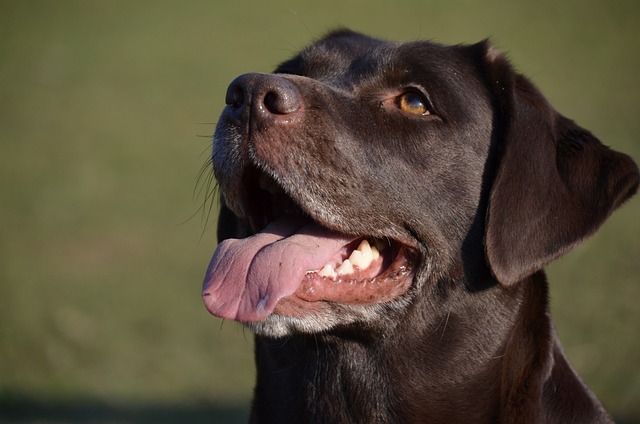
When you walk on the street with your beloved dog, a car suddenly passes by, and the dog can stay still without moving. This peace of mind and tacit understanding is the charm of the "Stay" command training.
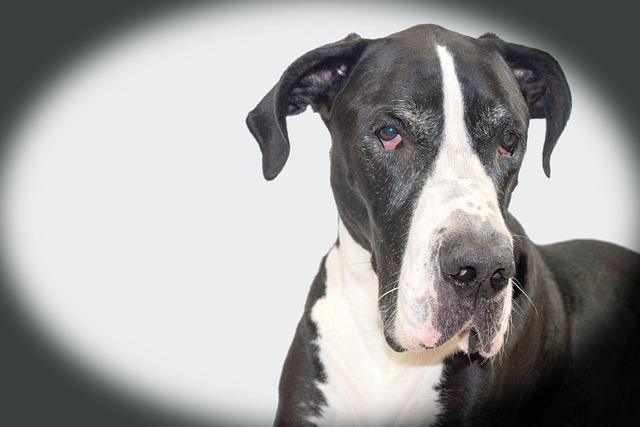
When we happily bring delicious food to our dogs, we see them gobble it up like a storm. Before we can even react, the bowl is already empty.
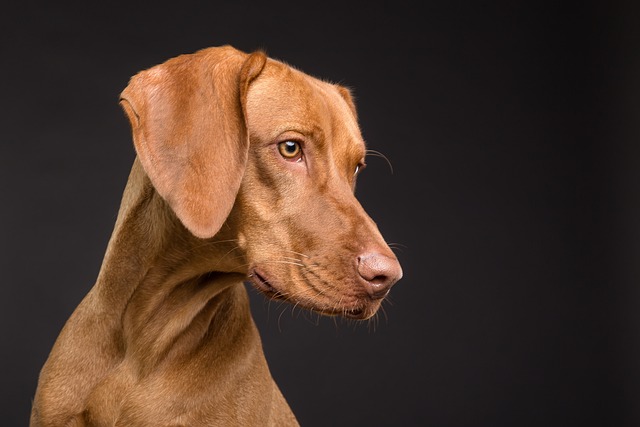
When a fluffy springer spaniel puppy stumbles into the house on unsteady little paws, it brings not only endless joy but also growth tasks that require patient guidance.
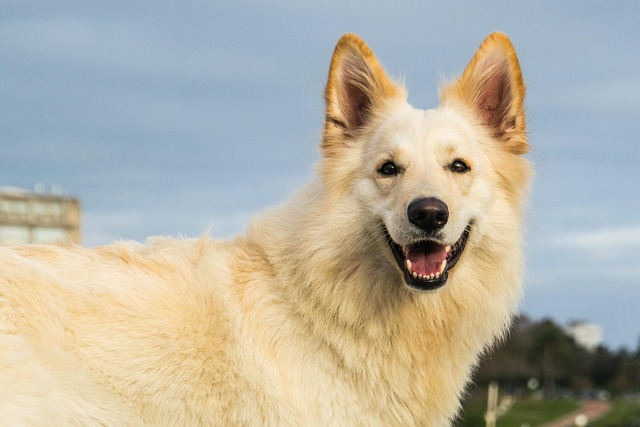
When we take our dogs for a walk or when there are guests at home, we sincerely hope that our dogs can sit still and show their well-behaved side.
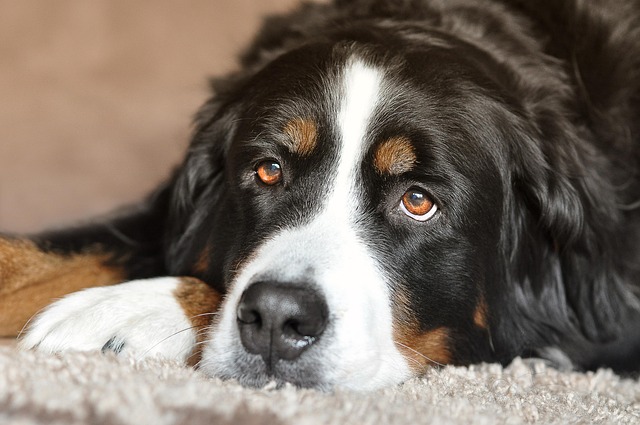
Walking a dog should be a wonderful time shared between the owner and the beloved pet. However, when the dog suddenly exerts force and drags the leash wildly, the comfort is instantly replaced by tension.